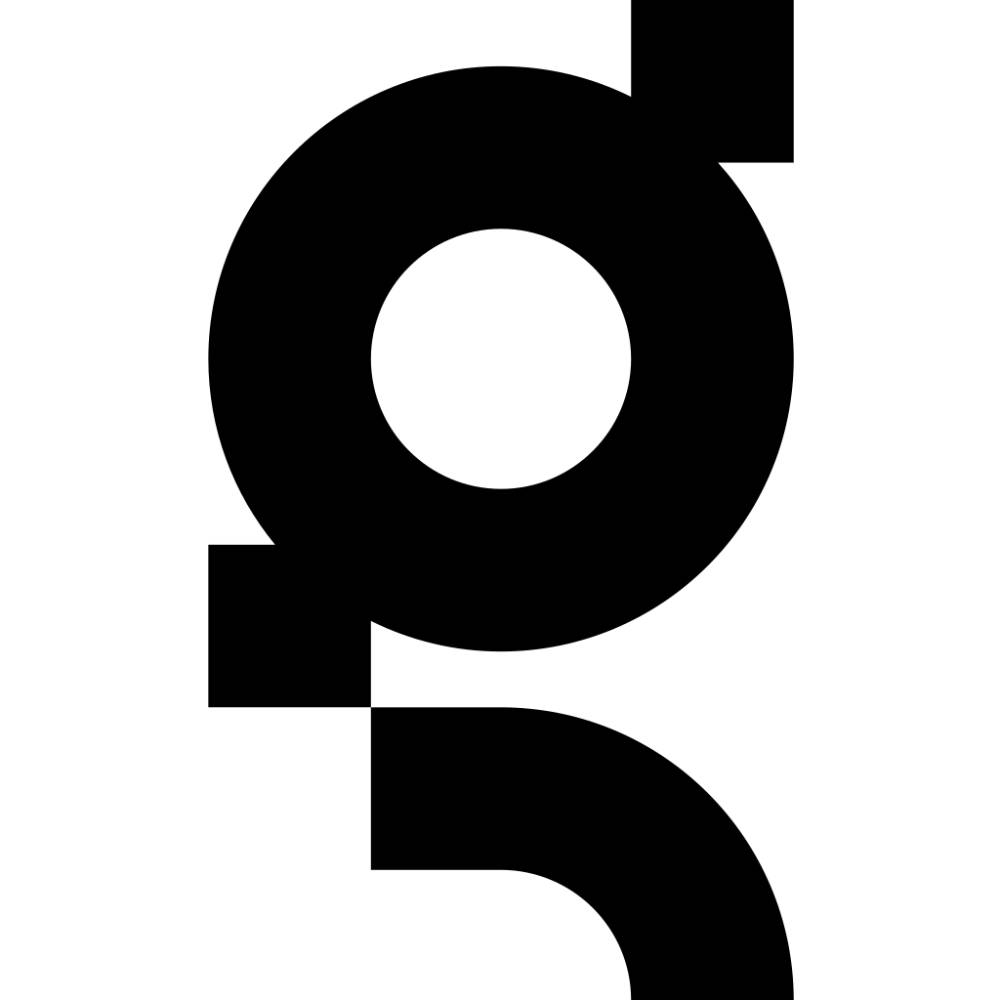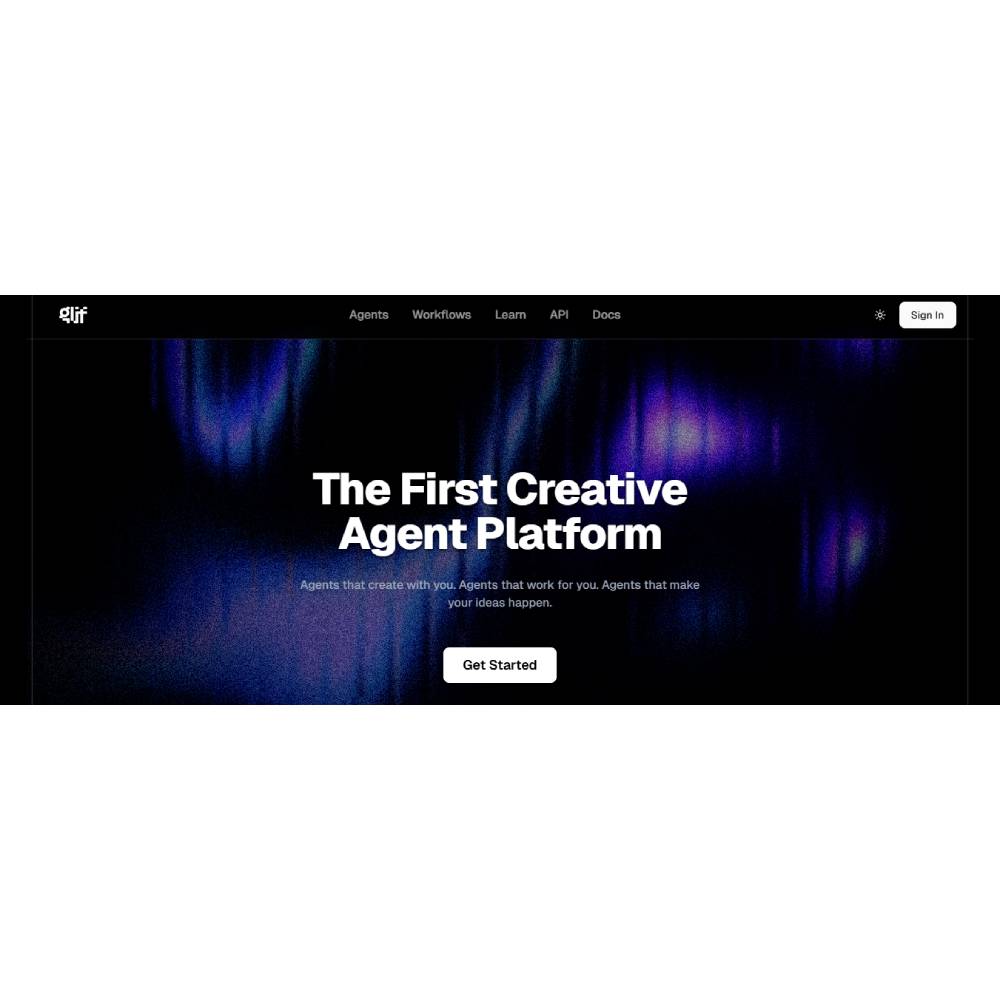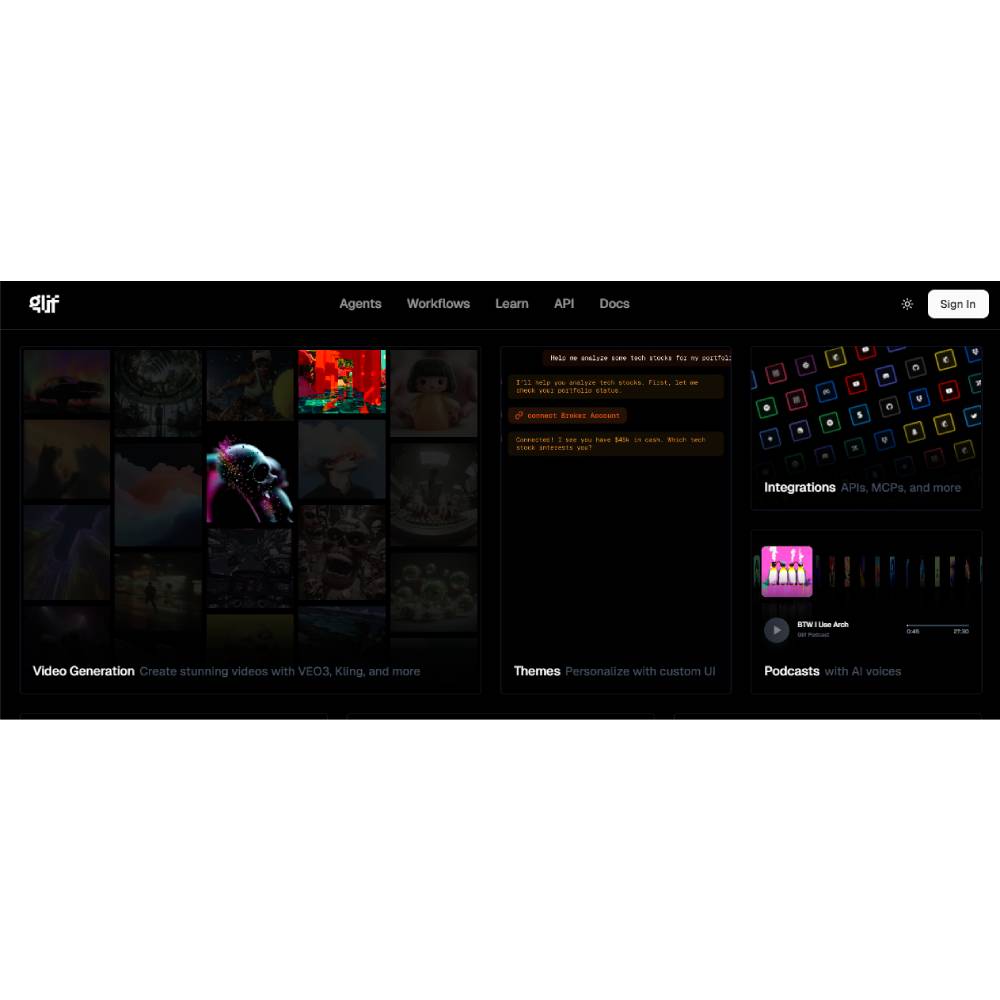


Glif – Visual AI Workflow Builder for Creating Interactive Apps Instantly
Glif is a no-code AI workflow builder that enables users to design, visualize, and deploy interactive AI applications through simple natural language and intuitive blocks. It’s built for creators, teams, and developers who want to combine creativity and computation seamlessly. With Glif, you can build logic visually — connecting inputs, models, and outputs like a creative mind map. Each workflow acts as a live, interactive AI application that can be shared, embedded, or deployed instantly. Users can drag-and-drop functions, text prompts, APIs, and conditionals without touching code. The platform allows “building with words,” meaning your descriptions automatically generate workflow structures. Glif supports multimodal inputs — text, image, voice, and data — so you can create smart tools, chatbots, or content apps in minutes. Its real-time testing system provides instant feedback on every change you make. You can also publish your creations as shareable links, public tools, or embeddable widgets. Teams collaborate live, iterating on shared visual maps to refine AI logic and UI simultaneously. From personal productivity assistants to complex analytical bots, Glif makes everything visual, modular, and fun. It bridges the gap between creative flow and technical execution — all powered by generative AI.
